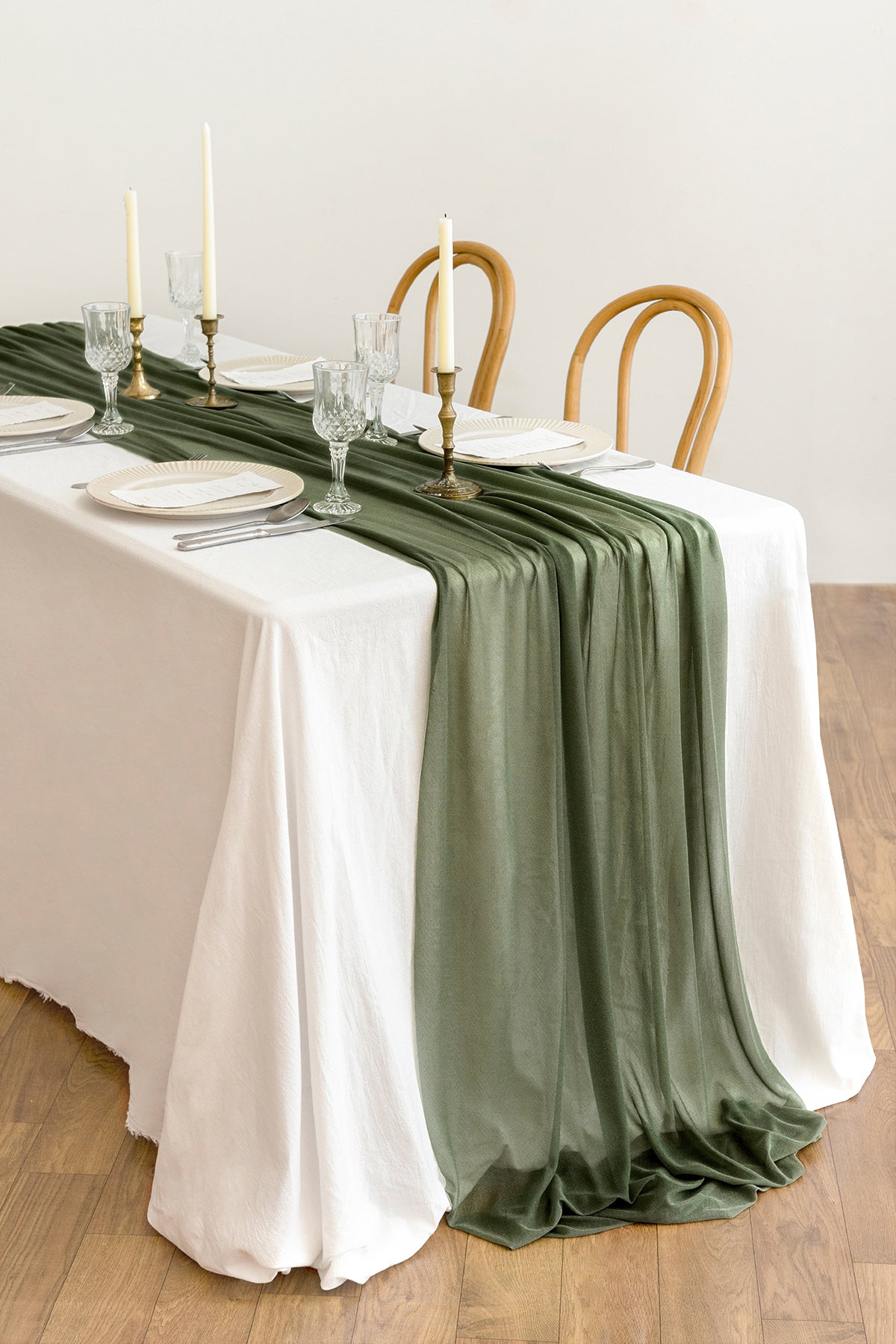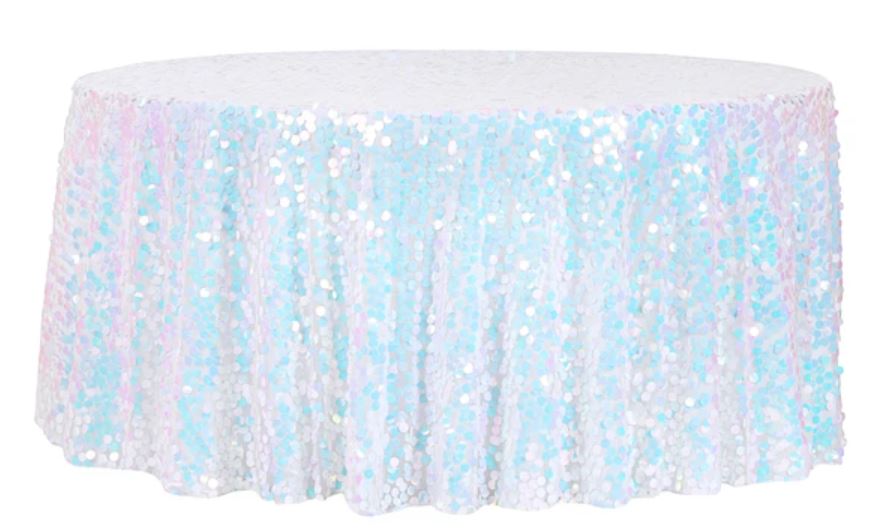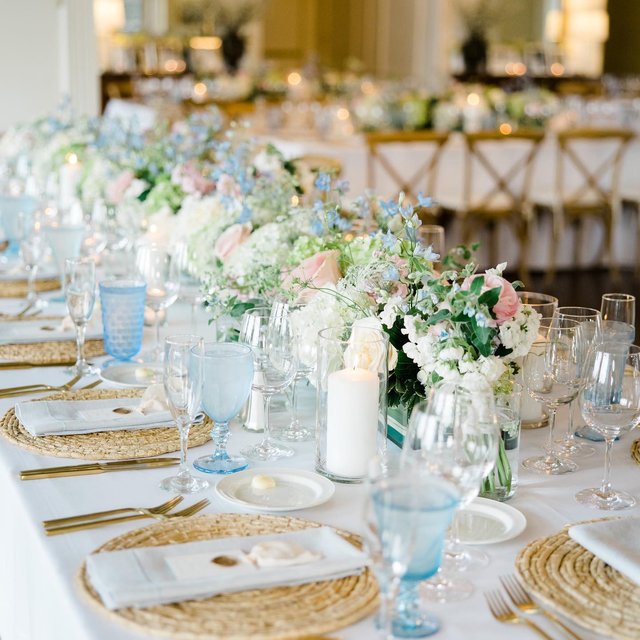Linen Fabric Technologies: Exploring Modern Trends and Creative Applications in Design and Fabric Industry
In the realm of material advancements, bed linen has become a classic yet flexible material that remains to mesmerize lovers and developers alike. With a rich background deeply linked with craftsmanship and sophistication, bed linen textile is experiencing a revival in the modern age. From sustainable manufacturing techniques to sophisticated weaving innovations, the evolution of linen is reshaping the landscape of the textile sector. As we look into the worlds of creative layout applications and the introduction of linen blends and crossbreed textiles, a brand-new chapter unravels in which bed linen's role in future fabric technologies takes spotlight.
Lasting Practices in Linen Production
Sustainable methods in linen production have become increasingly crucial in the textile market's efforts to minimize ecological influence and advertise ethical sourcing approaches. Linen, an all-natural fiber stemmed from the flax plant, supplies a variety of benefits such as longevity, biodegradability, and breathability. Nevertheless, traditional techniques of bed linen manufacturing can include considerable water usage, chemical use, and energy-intensive processes.
To resolve these obstacles, many fabric makers are adopting lasting techniques throughout the linen production procedure. This consists of sourcing flax from organic farms that stay clear of damaging pesticides and chemicals, implementing water-efficient retting techniques to extract fibers from the flax stalks, and using green dyes and finishes. Furthermore, some companies are purchasing renewable energy sources to power their manufacturing facilities and decreasing waste through recycling and upcycling efforts.
Technical Developments in Linen Weaving
With the expanding focus on sustainable methods in bed linen production, the textile sector is currently observing a surge in technical innovations especially intended at revolutionizing the art of bed linen weaving. These innovations are improving the means linen fabrics are produced, supplying increased effectiveness, quality, and imagination in weaving techniques.
Among the essential technological improvements in bed linen weaving is the integration of digital looms. These sophisticated looms are geared up with software that enables detailed and complicated layouts to be woven with precision. By digitizing the weaving procedure, makers can attain greater consistency and precision in their bed linen fabrics.
Moreover, advancements in yarn spinning modern technology have actually made it possible for the production of finer and more durable linen yarns - table cloths. This causes softer and smoother linen textiles that maintain their top quality even after multiple uses and laundries
Furthermore, the growth of environmentally friendly dyeing processes and coatings for bed linen fabrics is getting grip. These sustainable techniques not just minimize the ecological effect yet likewise satisfy the enhancing consumer demand for fairly produced textiles.
Creative Design Applications for Linen
Innovative imaginative strategies are significantly forming the innovative design applications for bed linen in the textile market. Developers are pushing the boundaries of traditional bed linen use, exploring its convenience in numerous applications. One noticeable trend is the integration of linen in sustainable fashion lines, where its environmentally friendly properties are highlighted. Linen's natural visual allure and ability to mix with various other textiles make it a favored option for developing unique garments and accessories that cater to the eco aware customer.
Moreover, designers are explore linen in home decor, utilizing its sturdy and breathable nature to craft elegant home furnishings such as curtains, bed linens, and furniture. The texture and drape of linen bring a feeling of elegance and convenience to indoor areas, including a touch of sophistication to modern-day homes.

Bed Linen Blends and Crossbreed Fabrics

Crossbreed materials, on the various other hand, take the concept of mixing a step further by incorporating extra aspects such as metallic strings, recycled products, or conductive fibers. These innovative fabrics not just expand the style possibilities however additionally present functional aspects like conductivity, antimicrobial residential properties, or improved longevity. Hybrid textiles are progressively being made use of in various industries, consisting of fashion, interior style, and technological fabrics, where the need for multifunctional products gets on the increase.
Linen's Function in Future Fabric Innovations

In the world of future fabric developments, bed linen is expected to be a crucial player in the growth of sophisticated functional materials. Scientists and developers are checking out means to enhance bed linen's integral qualities with technological developments, such as incorporating smart fabrics, nanotechnology, and efficiency surfaces. These technologies intend to elevate linen's performance features, making it suitable for a broader variety of applications, from activewear to safety garments.
Furthermore, the combination of linen with various other all-natural or synthetic fibers opens up endless possibilities for creating novel fabrics with one-of-a-kind buildings and performances. By leveraging linen's characteristics and discovering innovative blends, the fabric industry is positioned to present interesting developments that deal with progressing consumer requirements and sustainability demands.
Conclusion
In verdict, the exploration of lasting methods, technical improvements, creative design applications, bed linen blends, and its function in future fabric developments highlight the continuous advancement of linen fabric in the modern-day layout and textile market. With an emphasis on innovation and imagination, the versatility and environment-friendly nature of linen make it a beneficial product for suppliers and developers alike, leading the way for additional developments and innovations in the field of textiles.
As we dig right into the realms of innovative style applications and the development of bed linen blends and crossbreed materials, a new chapter unfolds in which linen's duty in future fabric technologies takes facility phase.
Checking out the blend of bed linen with other textiles has actually led this contact form to the appearance of cutting-edge blends and hybrid textiles in the modern textile market. Bed linen blends provide an unique combination of the attributes of linen with those of various other fibers, resulting in fabrics that have boosted residential or commercial properties such as enhanced resilience, improved draping, and reduced wrinkling.The evolution of bed linen blends and hybrid fabrics has set the stage for Bed linen to play a crucial role in driving future fabric advancements.In the realm of future textile advancements, linen is expected to be an essential player in the advancement of advanced useful textiles.